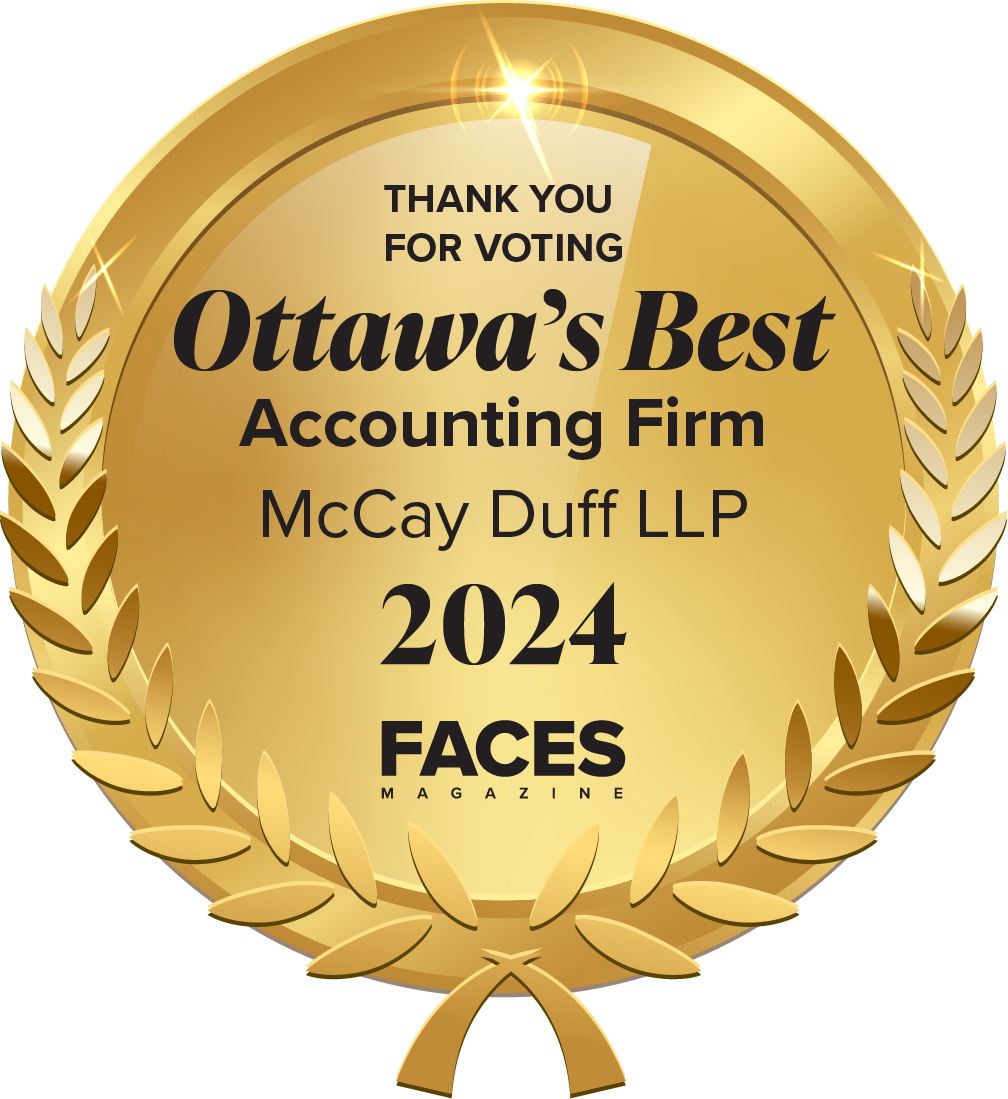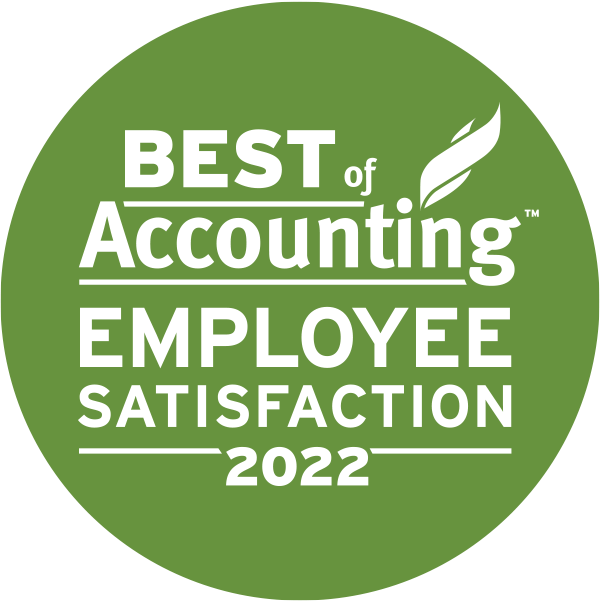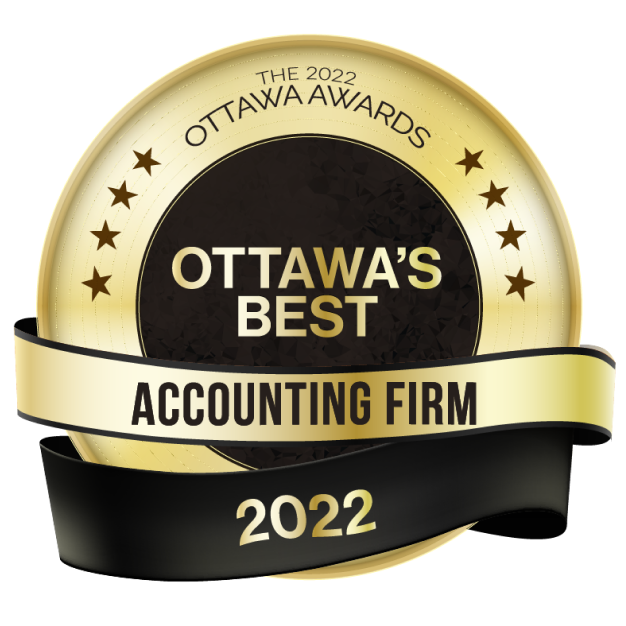The key objective of doing business is to make profits. But no business starts making a profit from day 1. The first step is to break even, which means recovering the cost you incurred from the business revenue. A break-even analysis at every stage of the business can help you make informed decisions. Before starting a business venture, a break-even analysis can determine if it is feasible. A similar analysis of an existing small business can help entrepreneurs make modifications and determine the ideal pricing and cost structure for their startup.
The Break-even analysis of a startup starts with the calculation of the break-even point (BEP), where revenues equal the cost. At the break-even point, your startup has no profit or loss. Every dollar earned above the break-even point is profit, while any amount below signifies loss.
This article will explain how to calculate the break-even point and perform an analysis.
How to Calculate the Break-Even Point of Your Startup?
Formula:
Break-even point in the number of units sold = Fixed costs/(Selling Price per unit – Variable cost per unit)
A BEP’s pre-requisites are the total fixed costs, the variable cost to manufacture each unit and the selling price of each unit. As an entrepreneur, you can make adjustments or plan strategies to improve these three components to break even. Let’s start with the first component of fixed cost.
Fixed Cost Analysis of Your Startup
Fixed costs are the costs your startup incurs even if you do not produce or sell a single unit. They are essential for operating any business. They include rent, interest on a mortgage, insurance, utility payments, and wage of non-production staff.
We will understand break-even analysis with an example. A designer pen manufacturer pays production facility lease, office rent, salary, and office utility bills even before the production of pens begins. Fixed cost also includes designing the product and making a prototype.
Any reduction or acceleration in fixed costs could impact the business profits in the long term. Hence, small business owners should not increase fixed costs unless the demand or order is significant and long-lasting. A sudden drop in demand could leave you with costs not supported by revenue.
Well-maintained books of accounts will keep you updated with your fixed cost and help identify anomalies.
Variable Costs Analysis of Your Startup
Variable costs change based on the number of units produced. These costs include material, labour, power, and the fuel used to manufacture and sell products. In our example, the cost of raw materials used to make pens, labour charges, electricity used for manufacturing, and marketing expenses are all variable costs. The startup incurs them when pens are being manufactured and sold. Variable costs have ample scope for adjustments to improve cost efficiency.
Most startups go overboard with marketing expenses that increase the cost of acquiring a new customer and push the break even further. A business has to balance the cost and revenue, which comes with trial and error. You can cap some variable costs to avoid going overboard with some expenses.
The higher the production volume, the lower the variable cost per unit because of economies of scale.
How To Do Selling Price Analysis for Your Startup?
The cost factor is what you can control. But arriving at a selling price takes more than just financial statement analysis. The price of your product should be competitive, attract the target market, and help you pay your cost and make profits. In many markets, consumers are price sensitive, where a change in price affects your sales volume significantly. A price analysis can help you determine the right discount for your product to attract higher volume without ballooning your losses.
Most startups fail because of faulty price analysis. Take the help of a business advisor in your industry to help you with the pricing structure.
Understanding Break-Even Analysis Through an Example
Analyzing every component is not enough. You must look at them through the break-even lens and a macro environment. The business environment is dynamic and filled with peaks and troughs. In an economic boom, a small business accelerates its fixed and variable spending to meet growing demand. But in an economic downturn, a small business reduces irregular spending to adjust to low demand.
Let’s plug some numbers into our example and understand how break-even analysis help in making business decisions.
The selling price of each designer pen – is $100
Total fixed cost per month – $10,000
Variable cost per pen – $10
Break-even point = $10,000/($100-$10) = 111.11 units
The formula states that the designer pen startup has to sell more than 111 units a month to break even. If it sells 112 pens or more, it will be profitable. If it sells less than 111 pens, it will result in a loss.
Now, your designer pens are selling well, and you buy more equipment to increase the production capacity. It will increase your monthly fixed cost to $12,000 while the variable cost and selling price remain unchanged. The new break-even point will be $12,000/($100-$10) = 133.33 pens.
As demand grows, you hire more staff to handle the marketing and sales of designer pens, pushing the variable cost to $15 per unit. Your new break-even point is $12,000/($100-$15) = 141.2 pens.
After a little market research, you decide to raise the price of the pens to $120. This reduces the break-even point to $12,000/($120-$15) = 114.3 pens.
Importance of Break-Even Analysis for a Startup
Break-even analysis is an important tool in decision-making. You can carry out a break-even analysis to prepare the cost and revenue structure in the planning phase. It will help you determine the time it will take for your startup to make a profit. Additionally, the analysis will highlight if your costs are too high or the selling price is too low.
This is just the tip of how break-even works. You can go deeper into it and plan your product cycle by segmenting the price depending on the time of product launch. It can also help determine whether you should take a small business loan and add to your fixed cost. Potential investors might be interested in your break-even analysis before investing in your startup.
Contact McCay Duff LLP in Ottawa to Help You in Conducting the Break-Even Analysis of Your Startup
A skilled accountant can help you determine your startup’s fixed and variable costs and keep you updated on the progress. At McCay Duff LLP, our accountants can carry out the break-even analysis of your startup and guide you on improving cost efficiency and boosting profits. To learn more about how McCay Duff LLP can provide you with accounting expertise, contact us online or by telephone at 613-236-2367.





